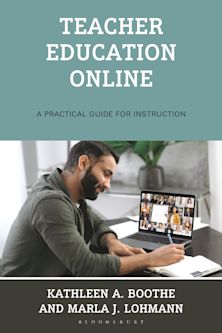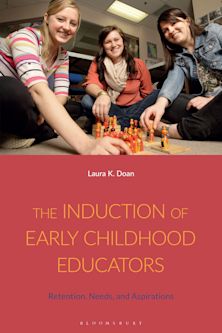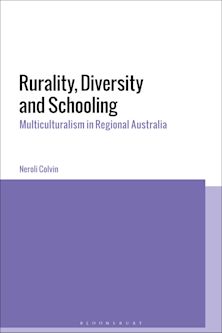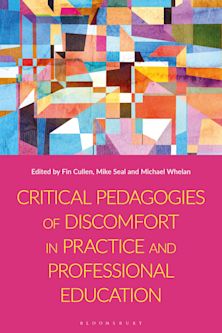- Home
- ACADEMIC
- Education
- Teacher Education
- Big Ideas for Little Kids
Big Ideas for Little Kids
Teaching Philosophy through Children's Literature
Big Ideas for Little Kids
Teaching Philosophy through Children's Literature
This product is usually dispatched within 1 week
- Delivery and returns info
-
Free US delivery on orders $35 or over
You must sign in to add this item to your wishlist. Please sign in or create an account
Description
Big Ideas for Little Kids includes everything a teacher, a parent, or a college student needs to teach philosophy to elementary school children from picture books. Written in a clear and accessible style, the book explains why it is important to allow young children access to philosophy during primary-school education. Wartenberg also gives advice on how to construct a "learner-centered" classroom, in which children discuss philosophical issues with one another as they respond to open-ended questions by saying whether they agree or disagree with what others have said.
Table of Contents
List of Figures
Preface to the Second Edition
Preface to the First Edition
Part 1: Teaching Philosophy in Elementary Schools
Natural-Born PhilosophersHow I Became a Children’s Philosophy TeacherLearner-Centered TeachingThe “Game” of PhilosophyPart 2: Preparing to Teach
The Elementary-School Introduction to Philosophy CoursePreparing for a Philosophy Discussion: The Discussion FrameworkFacilitating a Philosophical DiscussionDeepening and Extending the DiscussionPart 3: The Stories
“Dragons and Giants”: Teaching EthicsFrederick: Teaching Social and Political PhilosophyThe Important Book: Teaching MetaphysicsThe Wonderful Wizard of Oz: Teaching the Philosophy of MindThe Giving Tree: Teaching Environmental PhilosophyMorris the Moose: Teaching LogicMany Moons: Teaching EpistemologyKnuffle Bunny: Teaching the Philosophy of LanguageEmily’s Art: Teaching AestheticsPart 4: Implications
A Sample Discussion of The Giving TreeConclusionAppendix
References
Product details
| Published | May 01 2014 |
|---|---|
| Format | Hardback |
| Edition | 2nd |
| Extent | 180 |
| ISBN | 9781475804447 |
| Imprint | Rowman & Littlefield Publishers |
| Dimensions | 9 x 6 inches |
| Publisher | Bloomsbury Publishing |
About the contributors
Reviews
-
I love this approach to teaching philosophy and use Thomas Wartenberg’s materials regularly in my philosophy classes. I used the first edition right from publication, and now am pleased to see a new edition out – this time with three intended audiences – teachers, students, and parents. The key words exciting, enriching and insightful are emphasized – and whether you are a teacher, student, or parent, be prepared to get a ‘buzz’ out of talking philosophically with your child or children using these carefully chosen stories, mainly in the form of picture books. There are many more creative and original ideas and suggestions for developing stories both in the book and on Wartenberg’s excellent website: www.teachingchildrenphilosophy.org.
Jean Bews, St. Leonard's Primary School, Shropshire UK (SAPERE award-winning school)
-
Elementary school teachers will welcome this new edition of Tom Wartenberg’s beginner’s guide for using picture books to engage children in philosophical discussion. Introductions to the philosophy behind classics of children’s literature are accompanied by easy-to-follow instructions and sound practical advice—just what is needed to get successfully under way.
Philip Cam, president, The Federation of Australasian Philosophy for Children's Associations; Honorary Associate Professor, University of New South Wales


































